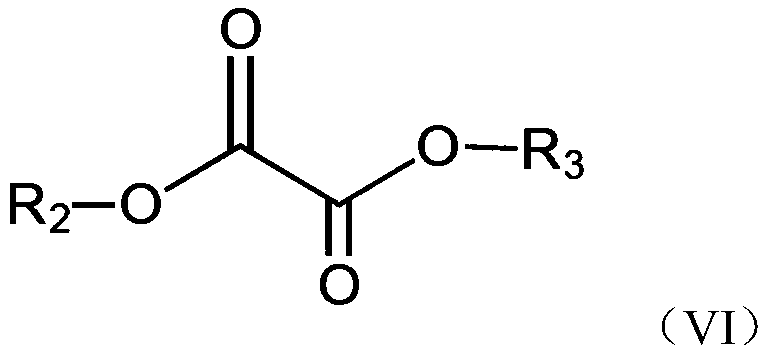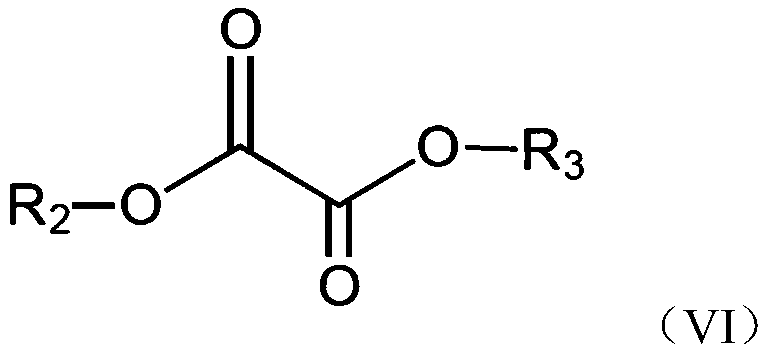Polyester copolymer
A technology of copolymers and polyesters, applied in the field of polyester copolymers, can solve the problems of not being able to disclose polyesters to the society, no polyesters, etc.
- Summary
- Abstract
- Description
- Claims
- Application Information
AI Technical Summary
Problems solved by technology
Method used
Image
Examples
Embodiment 5
[0262] Embodiment 5: prepare polyoxalic acid / isosorbide fatty acid polyester by polymerizing oxalic acid ester, isosorbide and fatty acid ester Ester Copolymer
Embodiment 2
[0263] Embodiment 2 is carried out according to Example 1, and the difference is that 11.46g isosorbide (hereinafter abbreviated as ISO, 78.37mmol), 15.03g diphenyl oxalate (hereinafter abbreviated as DPO, 62.03mmol), 4.99g fatty acid diphenyl (4-Methylphenyl) ester (hereinafter abbreviated as DMPA, 15.28mmol), 7.5mg Irganox 1010 (an antioxidant) and 7.3mg HostanoxPEPQ (another antioxidant) into a 100 milliliter (mL) glass reactor .
[0264] The resulting polyester copolymer contained 19.1 mole % fatty acid ester monomer in the polyester copolymer and had Tg, Mw, Mn and polydispersity index as shown in Table I.
Embodiment 7
[0268] Example 7: Prepare polyoxalic acid / isosorbide fatty acid poly Ester Copolymer .
[0269] Weigh 14.69 grams (g) of isosorbide (hereinafter abbreviated as ISO, 100.48mmol), 15.11g of diphenyl oxalate (hereinafter abbreviated as DPO, 62.36mmol), 7.55g of divinyl fatty acid (hereinafter abbreviated as DVA, 38.10 mmol), 9.2mg Irganox 1010 (an antioxidant) and 11.4mg Hostanox PEPQ (another antioxidant) into a 100mL glass reactor equipped with a mechanical stirrer, nitrogen inlet and a distillation head connected to the condenser and a collection Receiver for condensed product. The glass reactor was heated by an oil bath.
[0270] The reactor contents were heated under a nitrogen atmosphere until the contents melted. Once a clear mixture was obtained at 155°C, 2.1 mg n-butyltin hydroxide (0.01 mmol) in toluene solution was added as catalyst. The reactor contents were then further heated until the temperature reached 195°C (here it was assumed that the temperature of the...
PUM
| Property | Measurement | Unit |
|---|---|---|
| glass transition temperature | aaaaa | aaaaa |
| glass transition temperature | aaaaa | aaaaa |
| glass transition temperature | aaaaa | aaaaa |
Abstract
Description
Claims
Application Information
 Login to View More
Login to View More - R&D
- Intellectual Property
- Life Sciences
- Materials
- Tech Scout
- Unparalleled Data Quality
- Higher Quality Content
- 60% Fewer Hallucinations
Browse by: Latest US Patents, China's latest patents, Technical Efficacy Thesaurus, Application Domain, Technology Topic, Popular Technical Reports.
© 2025 PatSnap. All rights reserved.Legal|Privacy policy|Modern Slavery Act Transparency Statement|Sitemap|About US| Contact US: help@patsnap.com



